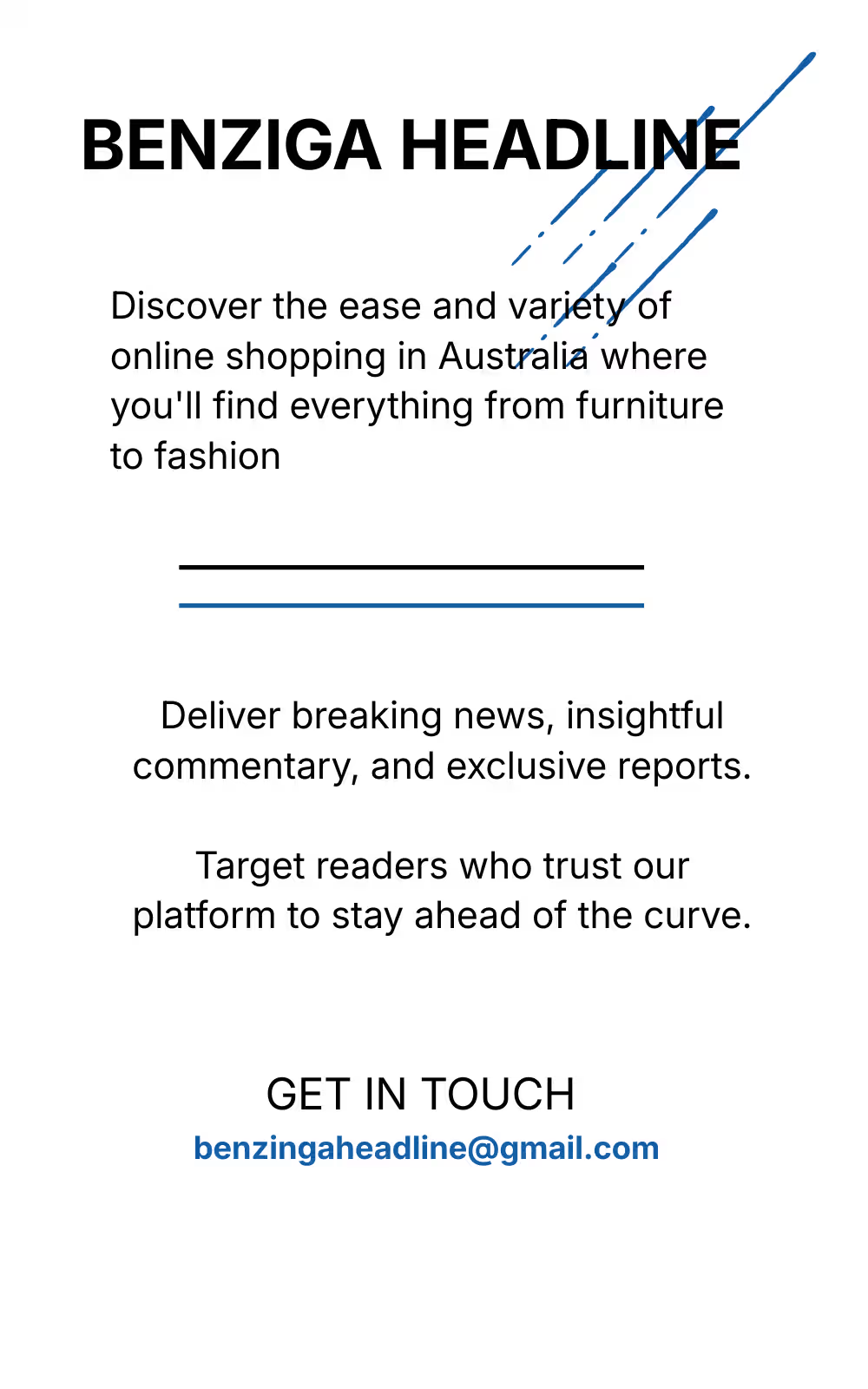Did you know companies with strong HR analytics capabilities are 2.6 times more likely to outperform their peers in productivity and profitability? This statistic, highlighted by the Deloitte Human Capital Trends report, underscores the transformative potential of data in HR management. By harnessing data, HR professionals can move beyond intuition and experience to make evidence-based decisions that align with organizational goals.
Analyzing vast amounts of data allows HR to predict trends, identify potential issues before they become significant problems, and tailor interventions to meet specific needs. This reactive to proactive management transition can significantly enhance organizational performance and employee satisfaction.
The role of Human Resources (HR) is undergoing a significant transformation. Traditionally viewed as a support function focused on administrative tasks, HR is now emerging as a strategic partner integral to organizational success. This shift is powered by data-driven approaches, which provide unprecedented insights into employee behavior, performance, and organizational dynamics.
Implementing Effective Data Retention Policies
Implementing well-defined data retention policies is critical to any data-driven HR strategy. These policies dictate how long various types of data should be stored and when they should be disposed of, ensuring compliance with legal regulations and industry standards. Beyond compliance, effective data retention policies streamline data management, reduce storage costs, and enhance data quality.
Well-maintained data retention policy ensures that outdated or irrelevant data is purged regularly, making it easier for HR teams to access and analyze current and relevant information. As a result, the accuracy of HR analytics improves, supporting better decision-making across the organization. An effective data retention policy also helps maintain data integrity and security, crucial for protecting sensitive employee information.
Visualizing HR Data
Data visualization is a powerful tool for making complex data sets understandable and actionable. One of the most effective visualization techniques in HR analytics is the stacked bar chart in Power BI, which is beneficial for comparing multiple variables and understanding the composition of different data sets over time.
For example, HR professionals can use stacked bar charts in Power BI to visualize employee demographics, turnover rates, and training program effectiveness. By layering different data sets in a single chart, HR teams can identify trends, correlations, and outliers that might not be apparent in a traditional tabular format. Such visual insight can drive strategic initiatives, including targeted training programs, diversity and inclusion efforts, and retention strategies.
Enhancing Brand Awareness Through HR Initiatives
Brand awareness is not just the responsibility of the marketing department but also a critical aspect of HR management. A strong employer brand can reduce turnover, attract top talent, and enhance employee engagement. Data-driven HR practices can play a significant role in building and maintaining this brand.
Analyzing data from employee surveys and social media sentiment allows HR teams to gauge how employees perceive the company and identify areas for improvement. This information can inform initiatives to enhance the workplace culture, improve employee satisfaction, and ultimately strengthen the employer brand. Additionally, insights from this analysis can help develop targeted recruitment campaigns that resonate with the desired talent pool, further boosting brand awareness and attracting high-quality candidates.
For instance, when a company like Google or Apple appears in the top employer rankings, it’s not just because of its products or services but also because of the positive employee experiences it promotes. This kind of reputation helps attract and retain the best talent in the industry.
Enhanced Employer Branding
A strong employer brand is important for attracting top talent in a competitive job market. One often overlooked aspect of employer branding is the professional appearance of employee profiles on platforms like LinkedIn.
High-quality headshots can significantly impact how potential candidates perceive an organization. Companies can ensure a consistent and polished image across all digital touchpoints by providing employees with professionally taken and optimized headshots. This enhances individual profiles and reinforces the company’s reputation as a desirable workplace.
HR teams can utilize data to understand what makes a compelling employer brand and guide employees in creating images that boost both their personal brand and the company's image. Analyzing data from various sources, such as employee feedback and social media trends, helps identify critical elements that resonate with current and potential candidates. Personal and corporate branding alignment can significantly contribute to the overall HR strategy, fostering a positive perception and attracting high-quality candidates.
Aligning HR and Marketing Strategies
The synergy between HR and marketing strategies is becoming increasingly important in the digital age. Marketing data, such as customer feedback and social media analytics, can provide HR teams valuable insights into brand perception and employee satisfaction. When HR and marketing collaborate, they can create a cohesive brand message that resonates with current employees and potential recruits.
For example, marketing campaigns highlighting company culture and employee success stories can enhance the employer brand, making the organization more appealing to top talent. HR data on employee engagement and retention can inform marketing strategies to ensure they align with the company’s values and goals. This integrated approach helps build a robust and consistent brand image that appeals to both external customers and internal stakeholders.
Moreover, internal brand ambassadors can be cultivated through effective HR practices, turning employees into advocates who enhance the company's reputation and extend its reach through personal networks.
Leveraging Employee Survey Tools for Insightful Feedback
Employee survey tools are indispensable in a data-driven HR approach. They provide a structured way to collect feedback on different aspects of the employee experience, from job satisfaction to management effectiveness. The true power of employee surveys lies in their ability to uncover actionable insights.
Modern employee survey tools go beyond simple questionnaires. They use advanced analytics to identify trends and patterns in employee feedback, enabling HR professionals to pinpoint specific issues and develop targeted interventions. For example, if survey data reveals a widespread concern about career development opportunities, HR can implement tailored training and mentoring programs to address this need. HR teams can track the impact of their initiatives over time by regularly conducting surveys and analyzing the results. This iterative approach ensures that HR strategies remain aligned with employee needs and organizational goals, fostering a culture of continuous improvement. Additionally, acting on survey feedback demonstrates to employees that their voices are heard and valued, which can significantly boost morale and engagement.
The Future of Data-Driven HR
As technology advances, the potential for data-driven HR management will only grow. Emerging technologies such as machine learning and artificial intelligence (AI) are poised to revolutionize HR analytics, providing even deeper insights and more predictive capabilities. For instance, AI can analyze vast amounts of data to predict employee turnover, identify high-potential employees, and recommend personalized development plans.
These technologies can also enhance recruitment by screening resumes more efficiently and matching candidates to job openings based on a detailed analysis of their skills and experiences. Furthermore, predictive analytics can forecast future HR trends, allowing organizations to proactively handle challenges and capitalize on opportunities.
In conclusion, data-driven approaches transform modern HR management, enabling organizations to make more informed decisions, enhance employee engagement, and drive business success. By implementing effective data retention policies, utilizing advanced data visualization tools, focusing on brand awareness, and leveraging employee survey tools, HR professionals can unlock the full potential of their data and position their organizations for long-term success. The integration of HR and marketing strategies, supported by cutting-edge technologies, paves the way for a future where data-driven decisions are at the core of every successful business strategy.



